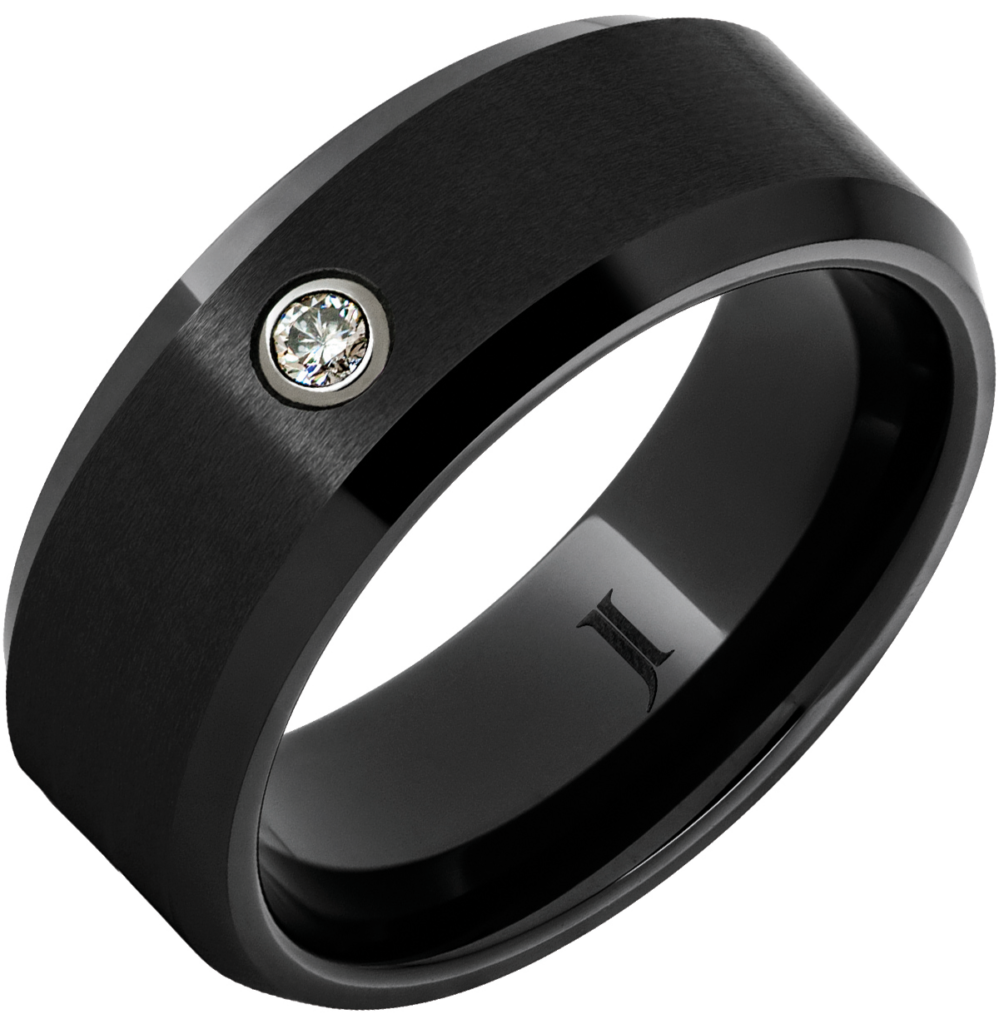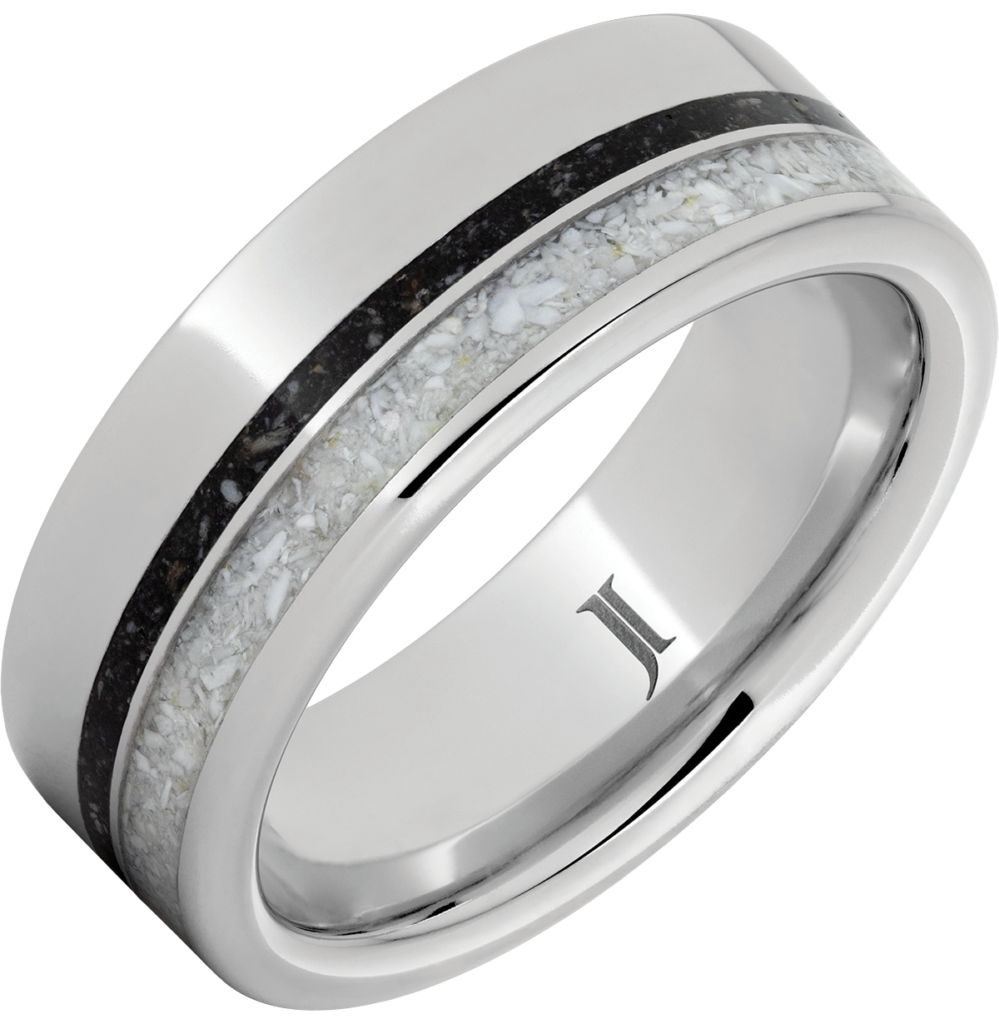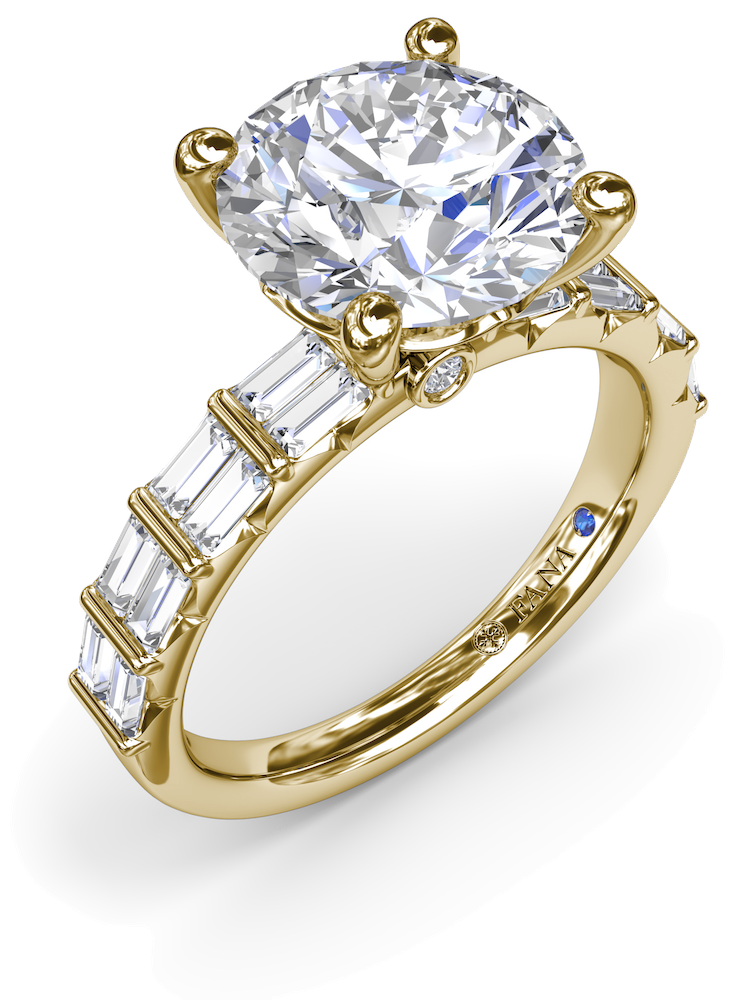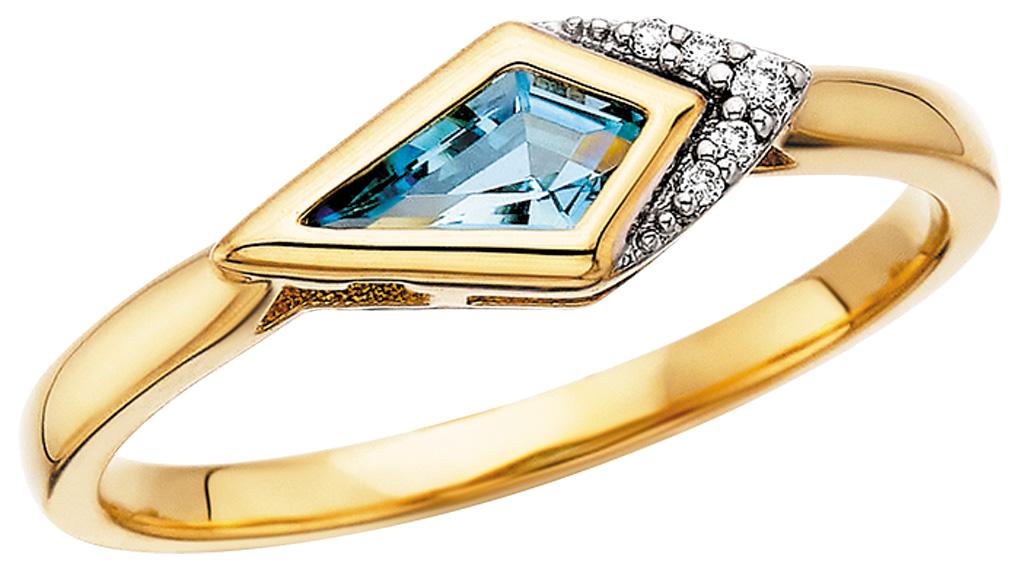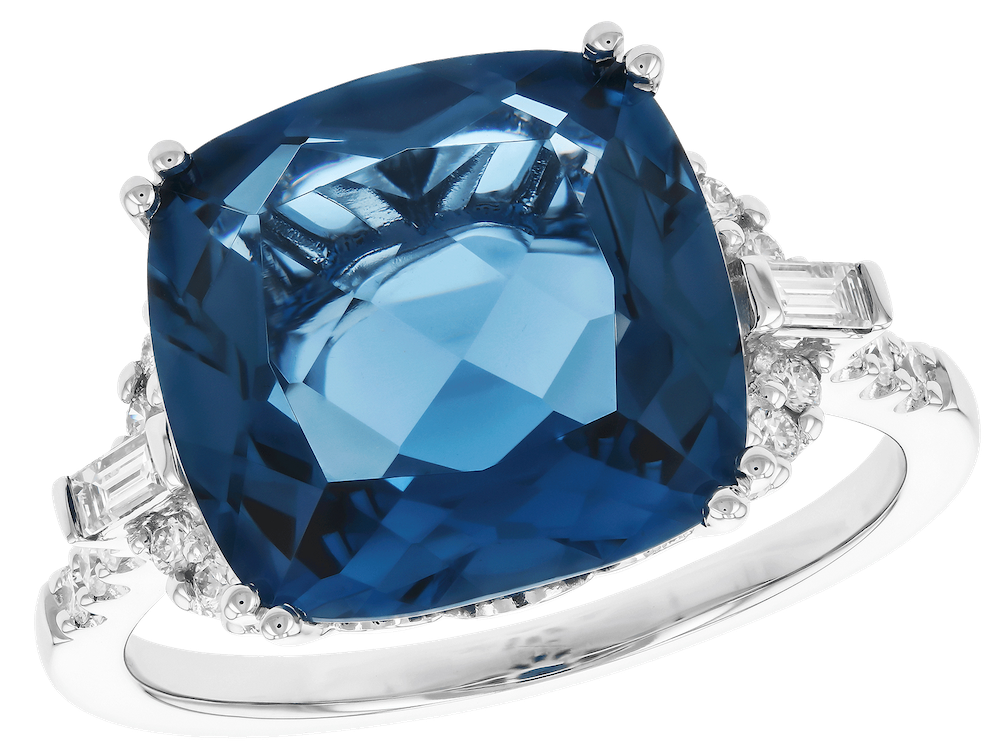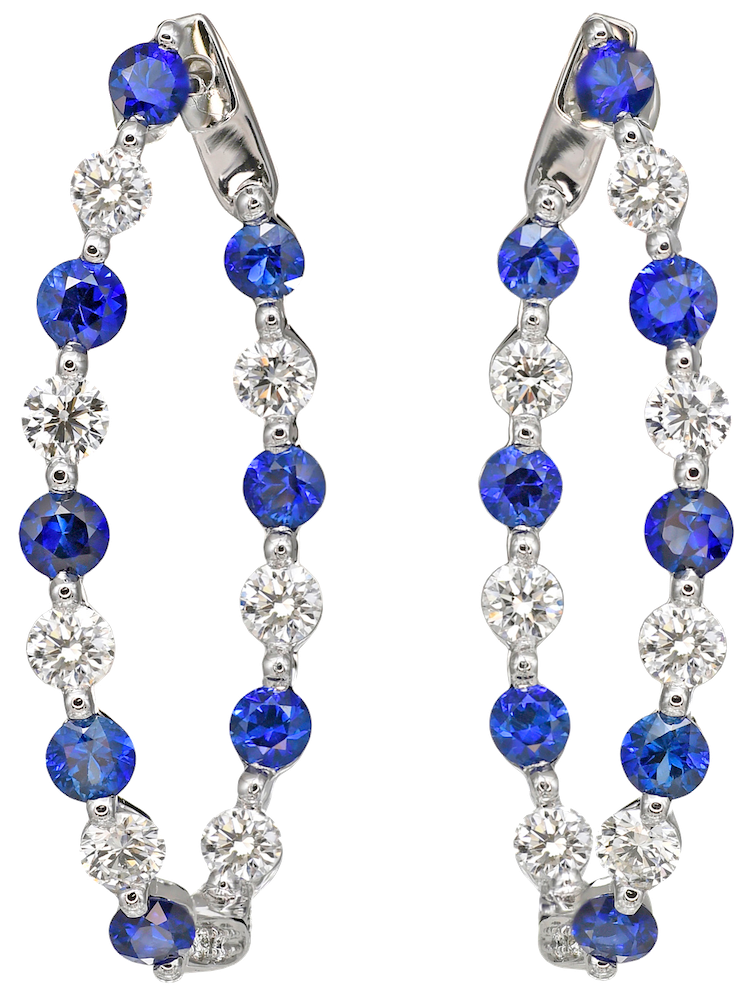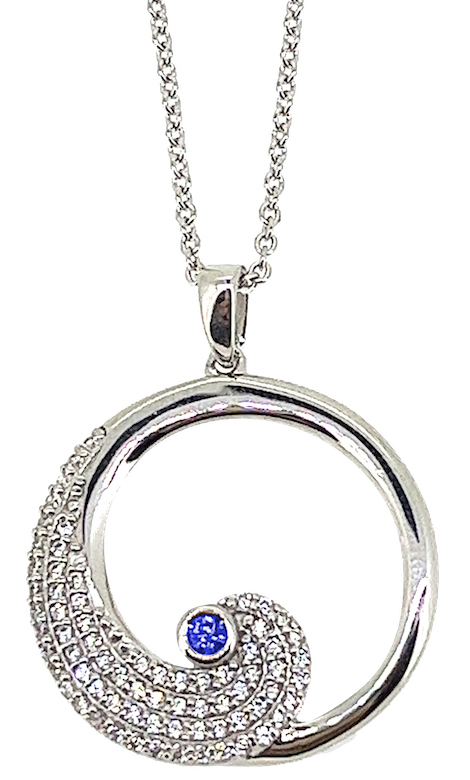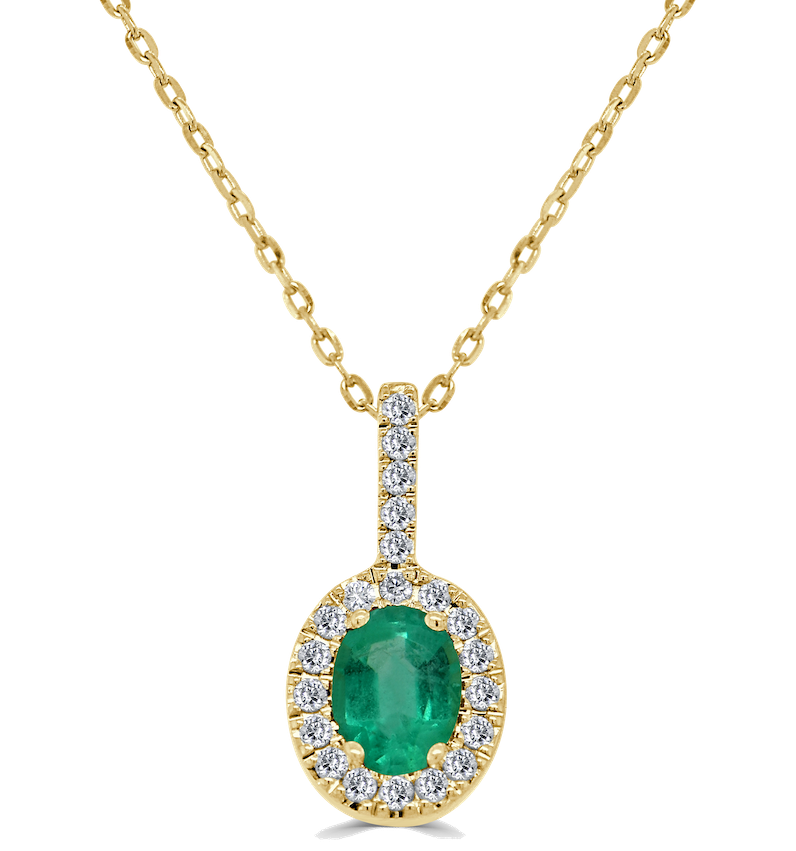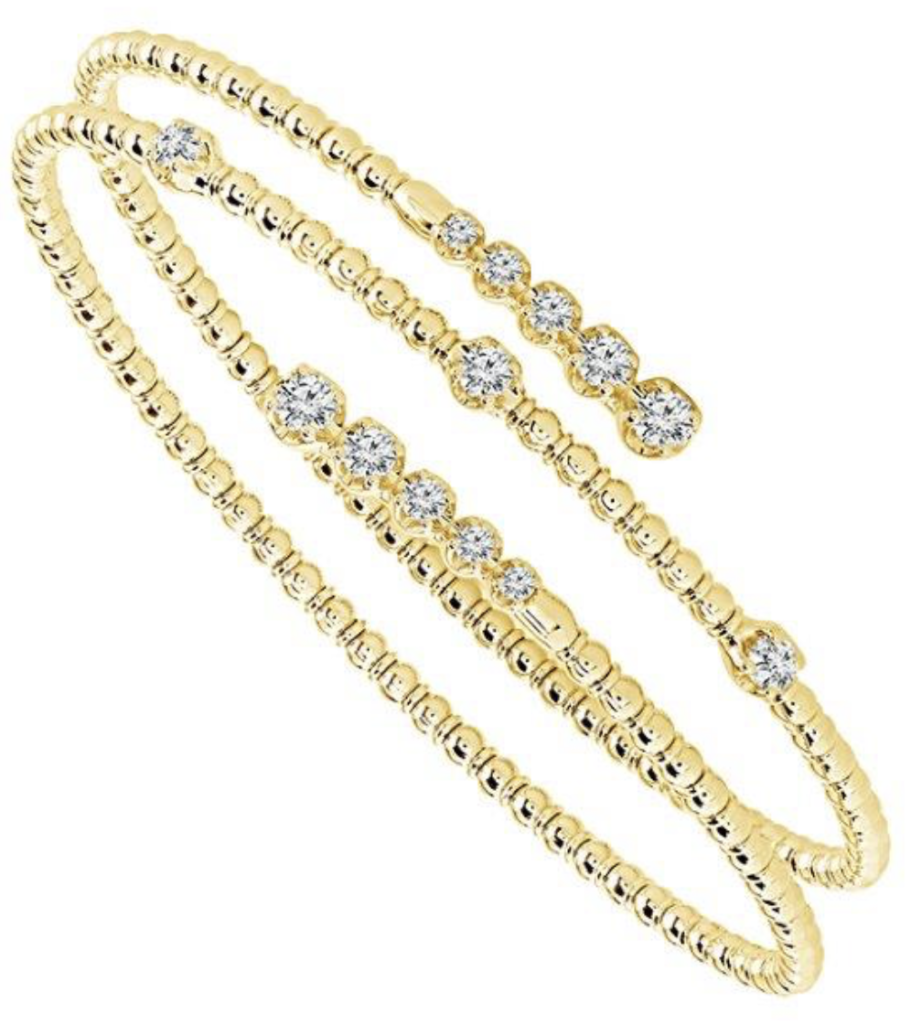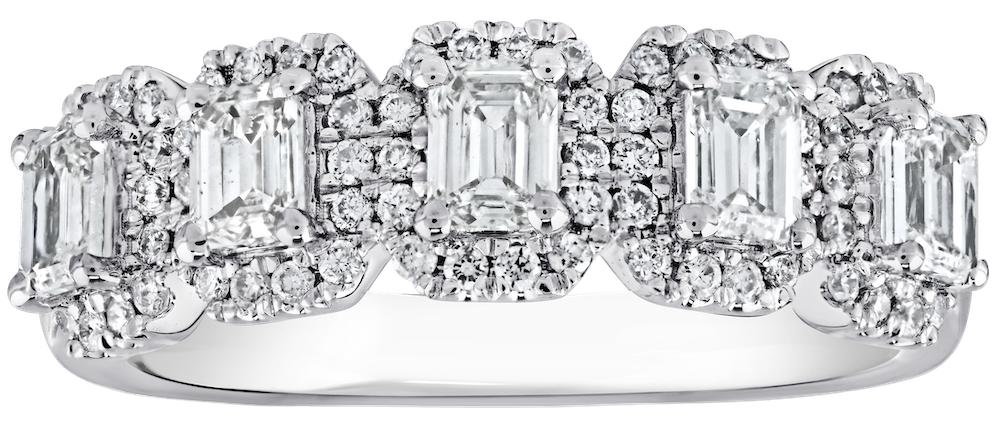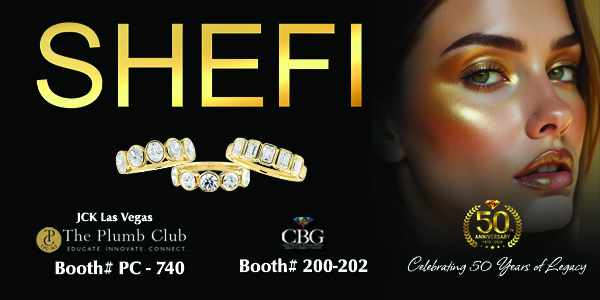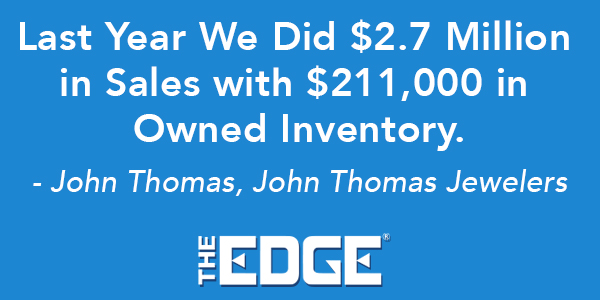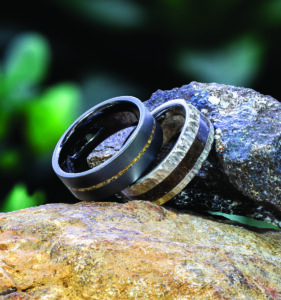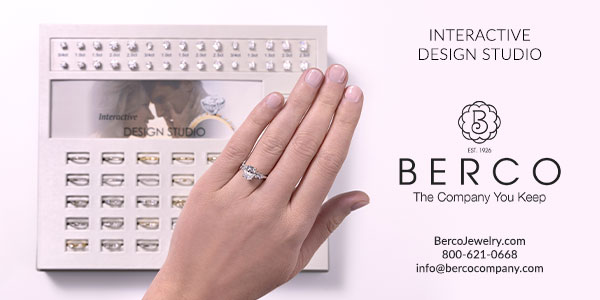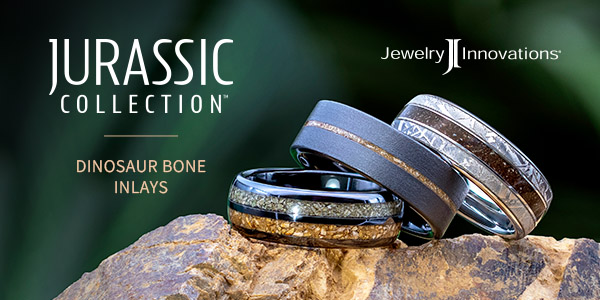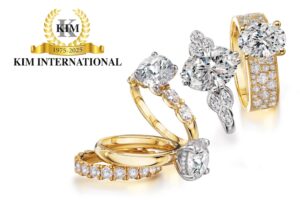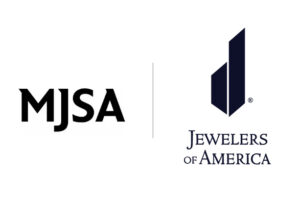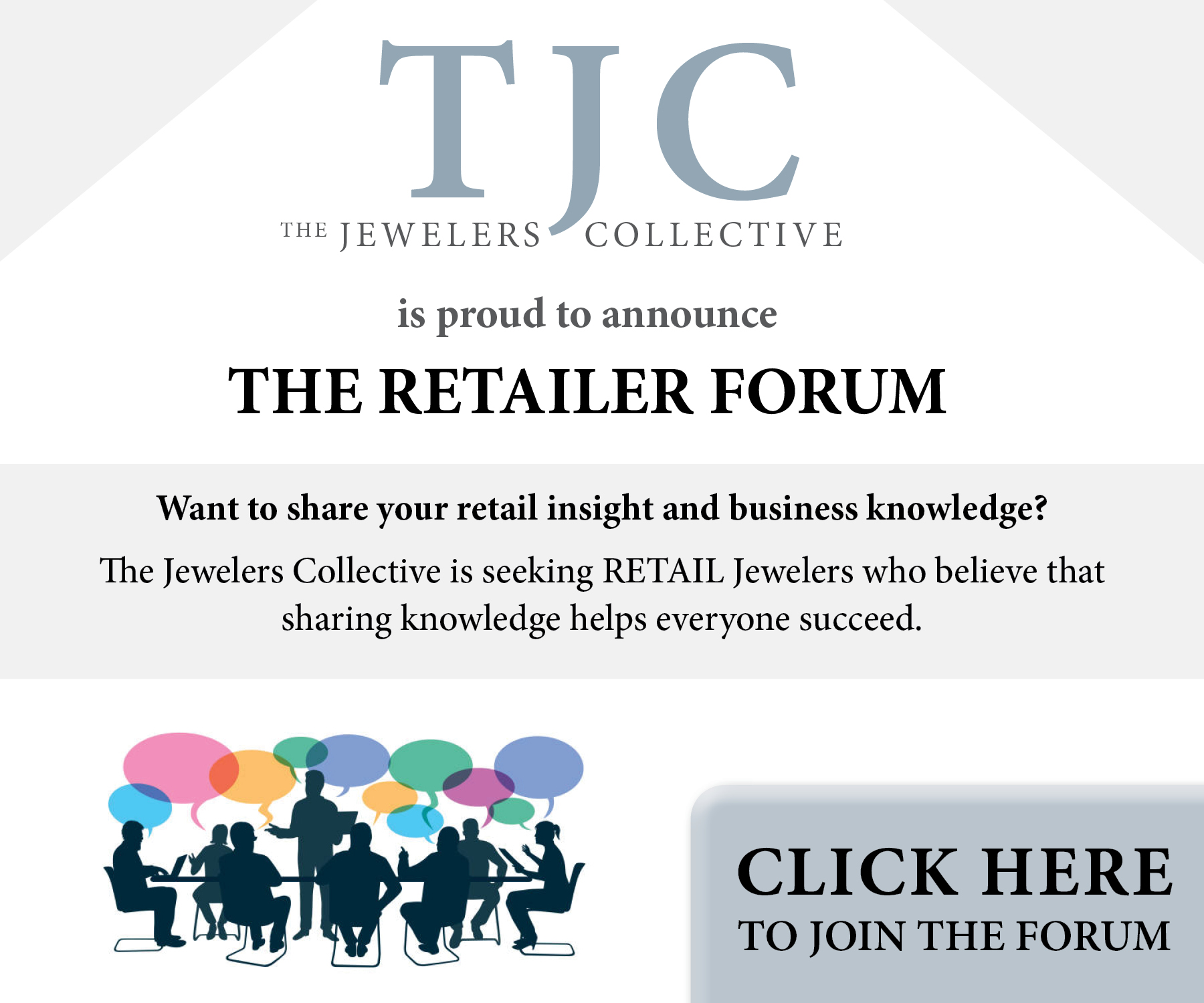EXPAND THE POSSIBILITIES
May 2024
Why Personalization Matters in Retail
Brandon Wright
An increasingly popular trend in retail that can do great things for your customer loyalty and engagement is personalization. Tailoring your messaging, product offerings, and marketing to each of your buyers is a great way to build genuine relationships with customers and earn their trust.
But personalization at scale is easier said than done, especially for bigger jewelry retailers that have a large customer base. So how do brands meet customer demands for personalization?
Read on for everything you need to know to offer effective personalization for your buyers, no matter your business size.
Why should jewelers personalize the customer experience?
Personalization in retail is becoming increasingly popular, and for good reason. Here are just a few reasons why implementing a personalization strategy is a smart move for jewelry brands:
- Today’s consumers expect personalization: In McKinsey & Company’s Next in Personalization study, 71% of consumers surveyed stated they expect personalization from companies and 76% get frustrated when they don’t get a personalized customer experience.
- People spend more when they get personalized experience: According to the Business Impact of Personalization study, shoppers are 40% more likely to spend more than they planned when their retail experience is highly personalized.
- Personalization efforts set you apart from the competition: A study by Twilio Segment found that if retail brands fail to offer a personalized shopping experience, 44% of consumers say they’re likely to take their business elsewhere.
Jewelry Innovations
Black Diamond Ceramic™
satin finished ring
with diamond
MSRP $492
800.872.6840
Jewelry Innovations
Serinium® ring with
white and fossilized
shark tooth
MSRP $882
800.872.6840
Fana
14K Yellow gold
diamond baguette
ring (center stone
sold separately)
MSRP $4,125
800.433.0012
Allison Kaufman Co.
14K Diamond and London
blue topaz ring 9.25ctw
MSRP $2,970
800.800.8908
Jyes
18K White gold hoop earrings
with 2.55ctw diamonds
and 2.82ctw sapphires
MSRP $23,000
415.621.8880
Allison Kaufman Co.
14K Diamond and London
blue topaz ring 9.25ctw
MSRP $2,970
800.800.8908
Jyes
18K White gold hoop earrings
with 2.55ctw diamonds
and 2.82ctw sapphires
MSRP $23,000
415.621.8880
Three types of personalization in retail
When it comes to tailoring experiences to shoppers, there are a few ways you can go about it—even if you have a lot of customers. Let’s break down three types of personalization: communication, product offers, and advertising.
1. PERSONALIZED COMMUNICATION
The first step to successfully meeting customer expectations for personalization is to tailor your communications to each buyer. To make this easier to scale, you can offer a custom message by each stage of the customer lifetime journey, rather than to every single customer individually.
For example, shoppers who have only just learned about your brand will need a very different message than those who have already purchased something from you. Depending on the customer segment they’re in, you can give them a certain message to maintain a level of personalization and offer relevant communications without having to send out thousands of unique messages.
It’s also important to match the right communication channels with the right people. For example, your younger customer base may be more likely to respond to a text message than a phone call, while your older customer base may prefer an email or even a mailed card or thank-you note.
2. PERSONALIZED PRODUCT OFFERS
Once you’ve mastered tailored communications, you’re ready to start sending out relevant product offers. This is where having a well-documented purchase history is important. That way you can make a personalized offer on a product that’s similar to a previous purchase a buyer has made in the past.
Let’s say you have a customer who recently bought an emerald necklace from you. A few weeks after they made that initial purchase, you could reach out to let them know about the matching earrings. Because you gave a relevant offer that’s in line with what they bought in the past, they’ll be far more likely to respond to it.
Making personalized recommendations based on customer preferences is also a great way to earn customer trust. This is because you’re proving to your buyers that you understand them, their individual preferences, and what products will be best for them. The more you do this, the more likely they are to come shop with you and become a repeat buyer.
3. PERSONALIZED ADVERTISING
Finally, there’s personalized advertising and marketing campaigns. When different ads are shown based on customer behavior, such as online shoppers visiting your website or abandoning their cart, shoppers will be more likely to engage with the ad.
For example, let’s say a customer goes to your website and looks at gold rings, but never buys one. The next day, while they’re scrolling on Instagram, they see a shoppable post with photos of the same rings they looked at.
Ads like these that are based on someone’s past shopping behaviors is a great way to reengage a customer and remind them why they were interested in you and your products in the first place.
Conclusion
Whether they’re shopping at a physical location or doing online shopping, today’s consumers want and expect personalized experiences from the stores they shop with. This is especially true for jewelry stores offering custom made pieces and gifts that will be cherished for years to come. The more personal you are with your customers, the more likely you are to earn a sale for the day, and a loyal customer for life.

